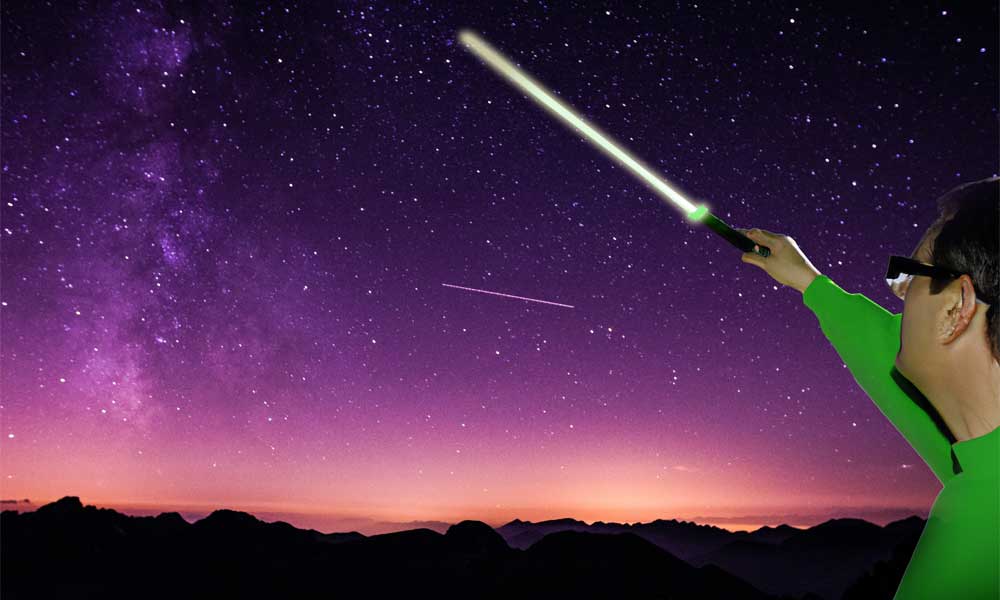Looking up at the sky on a clear night can be downright awe-inspiring, but without the right equipment, you’re missing out on some of the universe’s most fascinating sights. Whether you’re an amateur astronomer looking to expand your stargazing capabilities or simply want to experience the wonders of space from your own backyard, investing in a pair of astronomy binoculars is a smart move. But with so many options available, it can be overwhelming to know where to start. That’s why we’ve put together this comprehensive buying guide that will help you choose the perfect set of binoculars for your cosmic explorations!
How to choose the right astronomy binoculars
Choosing the right astronomy binoculars can seem overwhelming, but with a little research, you can find the perfect pair for your needs. Here are some steps to follow when choosing the right astronomy binoculars:
Determine your needs:
Think about what you want to observe with your binoculars. Are you interested in observing planets, stars, or deep-sky objects like galaxies and nebulae? Different types of binoculars are better suited for different types of observations, so it’s important to know what you’re looking for.
- Solar system observers look at planets, asteroids, and comets. They need binoculars with lower magnifications so they can see large objects in the sky.
- Deep-sky observers study star clusters, nebulae, and galaxies. They need binoculars with higher magnifications so they can see faint objects in the sky.
- Variable star observers look for changes in brightness of stars over time. They need binoculars with medium magnifications so they can see both large and faint objects in the sky.
Consider the magnification and aperture:
The magnification and aperture (the diameter of the front lens) are two of the most important factors when choosing astronomy binoculars. Look for binoculars with a magnification of at least 7x and an aperture of at least 50mm. More experienced astronomers may prefer 14x or 20x for deep-sky observing, or 30x for solar system observing. The higher the magnification, the closer you’ll be able to see objects, but higher magnification also means a narrower field of view and can make it harder to keep objects in the eyepiece steady.
Check the quality of optics:
The quality of the optics is also an important factor to consider. Look for binoculars with multi-coated or fully-coated lenses to reduce glare and provide a clear image.
Consider the size and weight:
Astronomy binoculars can be heavy and bulky, so consider the size and weight of the binoculars before making a purchase. Keep in mind that larger binoculars will generally provide a clearer and brighter image, but may be more difficult to hold steady.
Check the eye relief:
Eye relief is the distance between the eyepiece and your eye. If you wear glasses, you’ll need enough distance to comfortably observe through the binoculars. Look for binoculars with an eye relief of at least 15mm if you wear glasses.
Choose the prism type:
There are two types of prisms used in astronomy binoculars: Porro and Roof. Porro prisms are larger and more traditional, providing a wider field of view, while Roof prisms are more compact and easier to handle. Choose the type that suits your preference.
Consider your budget:
Astronomy binoculars can range in price from under $50 to over $1,000. Consider your budget when making a purchase, but keep in mind that investing in a high-quality pair of binoculars can enhance your stargazing experience significantly.
By considering these factors and doing your research, you can find the right astronomy binoculars to suit your needs and budget.
What are the different types of astronomy binoculars?
There are many different types of astronomy binoculars available on the market, each with their own unique features and specifications. Here are some of the most common types of astronomy binoculars:
- Porro Prism Binoculars: Porro prism binoculars are the more traditional type of binoculars and feature an angled shape that allows for a wider field of view. These binoculars often have larger objective lenses and are well suited for stargazing.
- Roof Prism Binoculars: Roof prism binoculars are more compact and feature a straight-line design that makes them easier to handle. These binoculars are often smaller and lighter than porro prism binoculars and are a good choice for beginners or those who prefer a more portable option.
- Zoom Binoculars: Zoom binoculars allow you to adjust the magnification of the binoculars by twisting a dial, which makes them a versatile choice for stargazing. However, zoom binoculars often sacrifice image quality for versatility.
- Wide-Angle Binoculars: Wide-angle binoculars have a wider field of view than standard binoculars, which makes them a good choice for observing large objects like the moon or star clusters.
- Image-Stabilized Binoculars: Image-stabilized binoculars feature built-in stabilizers that reduce shakiness and help you maintain a steady image. These binoculars are a good choice for those who have trouble keeping their hands steady or for observing objects at high magnifications.
- Binocular Telescopes: Binocular telescopes are a type of binoculars that have been designed specifically for astronomy. They feature large objective lenses, high magnification, and a built-in tripod mount, which makes them a powerful tool for stargazing.
By understanding the different types of astronomy binoculars available, you can choose the right type of binoculars to suit your needs and budget.
The pros and cons of different brands of astronomy binoculars
There are a few different brands of astronomy binoculars on the market, and each has its own pros and cons. Some of the most popular brands include Celestron, Meade, Orion, and Bushnell. Here are some things to keep in mind when choosing a brand of astronomy binoculars:
- Celestron: Pros: Celestron binoculars are some of the most popular on the market, and for good reason. Known for producing high-quality optics, large aperture binoculars, and a range of price points to suit different budgets. Cons: Some users have reported issues with durability and construction quality.
- Orion: Pros: Known for producing affordable and high-quality binoculars, good customer service, and a wide range of options to suit different needs. Cons: Some users have reported issues with the durability of some models.
- Vixen: Pros: Known for producing high-quality optics and durable construction, with a focus on image clarity and sharpness. Cons: Higher price point than some other brands.
- Meade: Pros: Known for producing high-quality and durable binoculars with a range of features like built-in GPS and image stabilization. Cons: Higher price point than some other brands.
- Nikon: Pros: Known for producing high-quality optics with a focus on image clarity and brightness, especially in low light conditions. Cons: Higher price point than some other brands.
- Bushnell binoculars are an excellent choice for those on a budget. They offer decent optics and build quality for a very affordable price. However, they can be somewhat delicate and may not stand up to heavy use.
When choosing a brand of astronomy binoculars, it’s important to do your research and read reviews from other users. This can help you determine the pros and cons of each brand and find the one that best suits your needs and budget.
How to use astronomy binoculars
Using astronomy binoculars can be a great way to explore the night sky and view celestial objects in more detail. Here are some general steps to follow when using astronomy binoculars:
- Choose a good viewing location: Find a location that is away from bright city lights and has a clear view of the sky. A dark sky location with little light pollution will allow you to see more objects in the sky.
- Set up your binoculars: Adjust the interpupillary distance of the binoculars so that the distance between the eyepieces matches the distance between your eyes. You may also need to adjust the focus to get a clear image.
- Choose your targets: Use a star chart or smartphone app to identify interesting celestial objects to view. Start with larger and brighter objects, like the moon or planets, and work your way up to fainter objects like star clusters or galaxies. If you’re having trouble finding something specific, try using a star chart as a guide.
- Stabilize your view: Use a tripod or rest your binoculars on a stable surface to reduce shakiness and improve your view. Image-stabilized binoculars are also an option if you have trouble keeping your hands steady. Slowly move the binoculars around until you see a clear image.
- Take your time: Give your eyes time to adjust to the darkness and take your time observing each object. Look for details like craters on the moon or the rings of Saturn.
- Be patient: Some celestial objects may require patience to find and observe. Don’t be discouraged if you don’t see an object right away – keep looking and adjusting your binoculars until you find it. Once you’ve found an object, try to keep it in the center of your field of view by adjusting your grip on the binoculars and moving your head slightly. To get a closer look, gently adjust the knob located between the two eyepieces until the image comes into focus.
- Take care of your binoculars: When you are finished observing, clean your binoculars and store them in a safe place. Avoid touching the lenses with your fingers and use a soft cloth to clean them if necessary.
By following these steps, you can use your astronomy binoculars to explore the night sky and view celestial objects in more detail.
Conclusion
Astronomy binoculars can be a great tool for exploring the night sky and viewing celestial objects in more detail. When choosing the right binoculars for your needs, consider factors like magnification, aperture size, and design. There are many different types of astronomy binoculars available, each with their own unique features and specifications. Once you have chosen your binoculars, follow the steps outlined above to use them effectively and take care of them properly. With a little patience and practice, you can use your astronomy binoculars to unlock the beauty and wonder of the cosmos.

